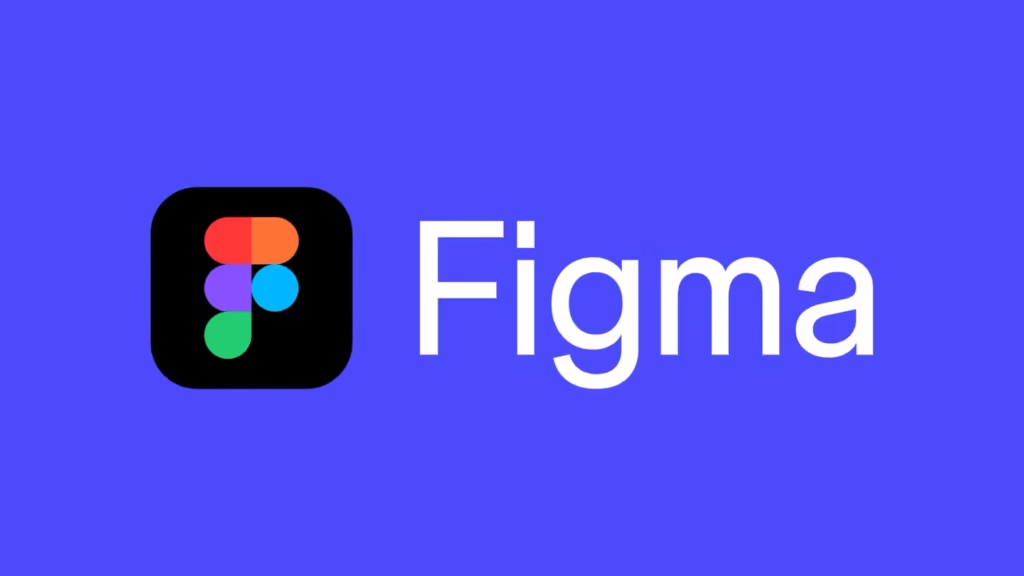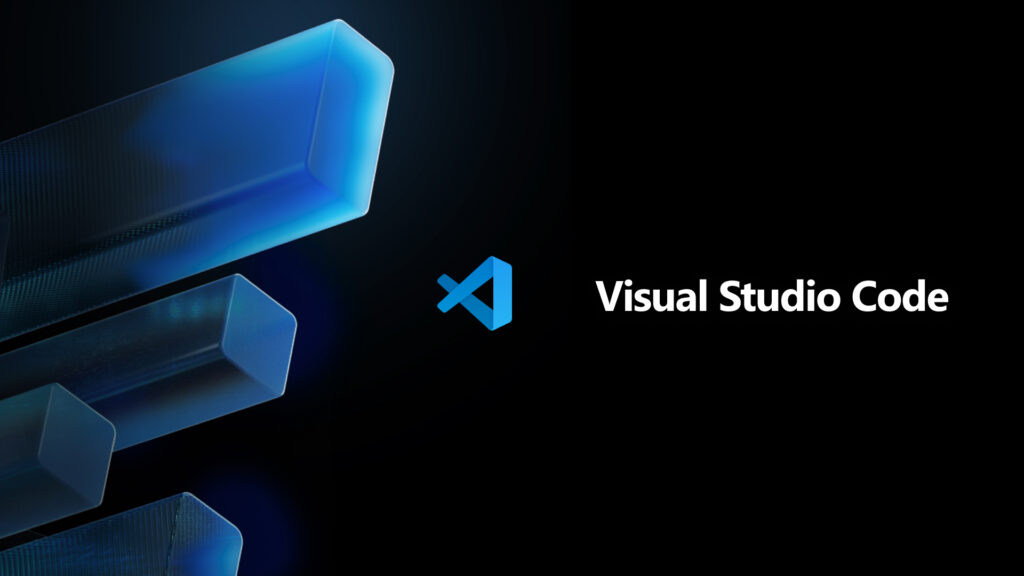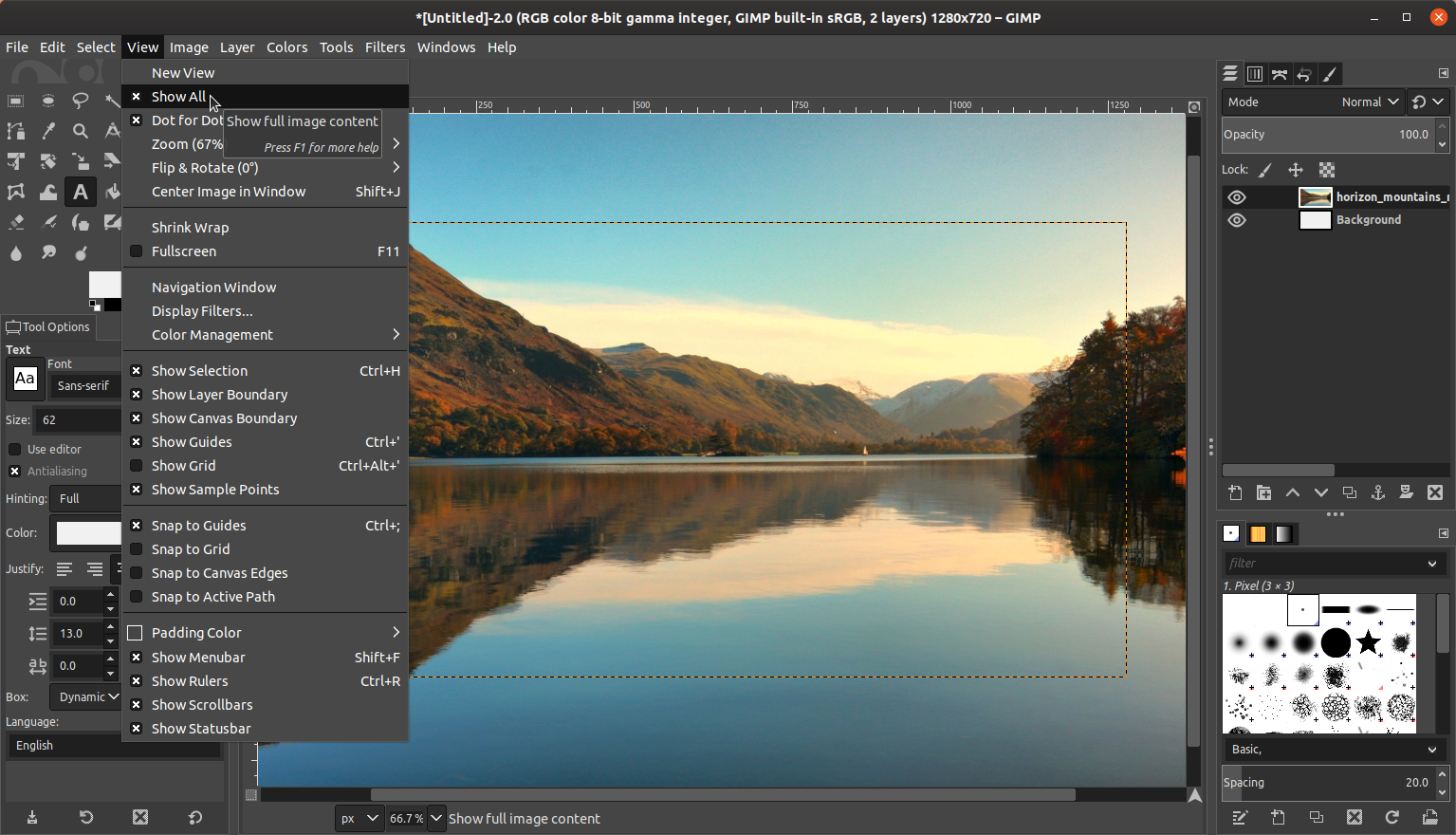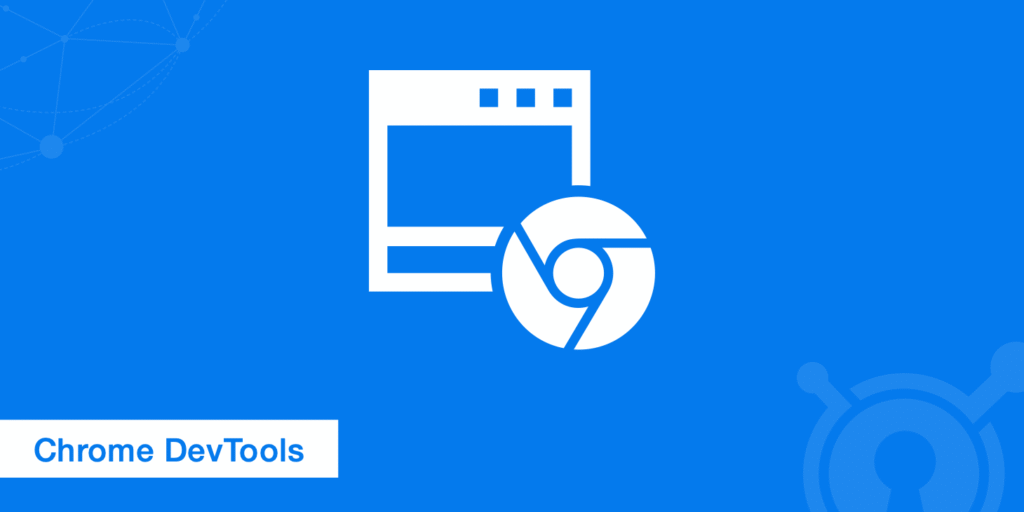Are you tired of using outdated web design software that’s holding you back from creating your best work?
As a web designer, having the right tools can make a huge difference. You can deliver high-quality designs quickly. With so many free resources out there, you can improve your workflow without spending a lot.
The right tools can make your design process smoother. They can also help you work better with others and spark new ideas. In this article, we’ll look at the top 5 free tools every web designer should use.
Key Takeaways
- Discover the top 5 free tools that can enhance your web design workflow.
- Learn how these tools can improve collaboration and productivity.
- Find out which tools can help spark creativity in your designs.
- Understand how to integrate these tools into your existing workflow.
- Get insights into the benefits of using free tools for web design.
The Modern Web Designer’s Toolkit
The toolkit for web designers has changed a lot over time. New technology has made the difference between free and paid tools smaller. Now, designers have many options to choose from.
The Evolution of Web Design Tools
Web design used to be limited by the tools available. These tools were often expensive. But now, free tools offer many of the same features as paid ones.
This change has made web design more open. More people can now make professional-looking websites.
| Feature | Free Tools | Premium Tools |
|---|---|---|
| User Interface | Intuitive and modern | Advanced and customizable |
| Collaboration | Real-time collaboration | Advanced collaboration features |
| Cost | Free or low-cost | Expensive, with subscription models |
Why Free Tools Can Compete with Premium Options
Free web design tools are now strong competitors to paid software. They keep getting better thanks to the open-source community. Now, they offer features like real-time collaboration and advanced design capabilities.
Tools like Figma and GIMP are popular among professionals. They are free or low-cost and have great features. This move towards free tools is making web design more affordable and accessible.
Understanding the Web Designer’s Workflow
To boost productivity, knowing the web designer’s workflow is key. It includes several important steps that need specific tools and methods.
Design, Development, and Testing Phases
The web design process has three main steps: design, development, and testing. In the design phase, designers make visual plans for the website with tools like Figma or Sketch. Then, in the development phase, these designs are turned into working code with tools like Visual Studio Code. Lastly, the testing phase checks if the website works well, looks good on all devices, and has no bugs.
How the Right Tools Enhance Productivity
The right tools can really help in each web design phase. For example, a code editor with extensions can make development faster. Design tools with team features can also help teamwork. Here’s how different tools can make a difference:
| Phase | Tool | Productivity Benefit |
|---|---|---|
| Design | Figma | Real-time collaboration |
| Development | Visual Studio Code | Extensions for code completion and debugging |
| Testing | Chrome DevTools | Responsive design testing and performance analysis |
By knowing the web designer’s workflow and using the right tools, designers can make their work easier. They can save time and make their work better.
Essential Free Web Design Tools Categories
In web design, free tools are often the top choice for many. They help with designing, coding, and testing websites. These tools are categorized based on their main functions.
Design and Prototyping Tools
Design and prototyping tools are key for a website’s look. Figma is loved for its teamwork features and easy use. Other great tools include Canva for graphics and GIMP as a free Photoshop alternative.
Code Editors and Development Tools
Code editors are vital for website development. Visual Studio Code is a top pick for its flexibility and wide language support. It also has many extensions to boost its use.
Testing and Optimization Resources
After a site is built, testing and tweaking are essential. Chrome DevTools has tools for fixing bugs, checking performance, and testing on different devices. These tools make sure websites look good and work well everywhere.
Selection Criteria for the Best Free Web Design Tools
Choosing the best free web design tools is important. The right tool can boost your productivity and improve your work quality.
Feature Set and Capabilities
First, look at the tool’s features and what it can do. A good tool should handle design, prototyping, coding, and testing well. For example, Figma is great for UI/UX design with features like vector editing and collaboration tools.
User Interface and Learning Curve
The tool’s user interface and how easy it is to learn are key. An easy-to-use interface saves time getting started. Tools with a simple learning curve are favored by designers and developers. Visual Studio Code is popular for its user-friendly design and many extensions.
Community Support and Updates
Community support and regular updates are also important. A tool with an active community offers help, tutorials, and plugins. Regular updates keep the tool current and useful for web designers. For more on web design tools, check out this resource on web platforms.
| Criteria | Importance | Example |
|---|---|---|
| Feature Set | High | Figma’s vector editing |
| User Interface | High | VS Code’s intuitive design |
| Community Support | Medium | GIMP’s active forums |

Figma: The Ultimate Free Design and Prototyping Tool

Figma is changing the game for free web design tools. It’s a top choice for web designers because of its flexibility and wide range of features.
Key Features and Capabilities
Figma has many features that make it essential for web designers. Some of its main features include:
- Real-time Collaboration: Figma lets multiple users work together on a project at the same time. This boosts teamwork and efficiency.
- Vector Editing: It offers strong vector editing tools. This makes it easy to work with design elements.
- Prototyping: Figma’s prototyping tools help designers create interactive prototypes. This makes the design process smoother.
- Design Systems: It supports creating design systems. This ensures designs are consistent across projects and teams.
With its easy-to-use interface and powerful features, Figma is a top tool for web designers.
Getting Started with Figma
Starting with Figma is easy. Here’s how to get started:
- Sign Up: Go to Figma’s website and sign up with your email or Google account.
- Create a New Project: Log in and click “New File” to start a new project. You can pick from templates or start from scratch.
- Explore the Interface: Get to know Figma’s interface. It includes a toolbar, layers panel, and design area.
- Start Designing: Start making your design by adding frames, shapes, and text. You can also import assets from other tools.
Limitations of the Free Version
Figma’s free version is great, but it has some limits:
| Feature | Free Version | Paid Version |
|---|---|---|
| File Storage | 3 projects | Unlimited |
| Version History | Limited | Extended |
| Advanced Features | No | Yes |
Knowing these limits helps you decide if the free version is enough for you. Or if you need to upgrade to a paid plan.
Visual Studio Code: The Web Developer’s Swiss Army Knife

Visual Studio Code is a top pick for web development tools. It’s known for its flexibility and many features. Web developers find it essential, thanks to its wide range of tools.
Essential Features for Web Designers
VS Code has key features that web designers love. These include:
- Syntax highlighting and code completion
- Debugging capabilities
- Version control integration (e.g., Git)
- Extensive library of extensions
These features boost productivity and make development smoother. For example, debugging tools help find and fix problems right in the editor.
Must-Have Extensions for Web Design
VS Code’s real strength is its ability to be extended. Some essential extensions for web design are:
| Extension | Description |
|---|---|
| Prettier | Code formatter for consistent styling |
| Live Server | Real-time preview of web pages |
| CSS Peek | Quickly navigate to CSS definitions |
These extensions make web design work more efficient.
Customization Options
VS Code lets developers customize their workflow. This includes:
- Themes for changing the editor’s appearance
- Keybindings for custom shortcuts
- Settings for adjusting editor behavior
Using these options, developers can tailor their environment. This improves their productivity.
GIMP: The Free Alternative to Photoshop

GIMP is a top free graphic design tool with a wide range of features. It’s a powerful open-source raster graphics editor. It’s been a great alternative to Adobe Photoshop for many years.
Web designers find GIMP appealing because it’s free. They can manipulate and edit graphics without spending a lot of money.
Web Design-Specific Features
GIMP has features that web designers love. It supports layers, filters, and effects. It also has advanced tools like the healing brush and perspective clone.
GIMP works with many file formats. This makes it easy to use images from different sources.
One big plus of GIMP is its extensibility. Users can add plugins and scripts to customize their workflow. This means web designers can automate tasks and add special effects to their images.
| Feature | Description | Benefit to Web Designers |
|---|---|---|
| Layers Support | Allows for complex image editing | Enables non-destructive editing of graphics |
| Plugin Architecture | Extends functionality through plugins | Customizes workflow and adds specialized effects |
| Scripting Support | Automates repetitive tasks | Saves time and increases productivity |
Learning Resources for GIMP
GIMP can be tough for beginners. But, there are lots of resources to help. The official GIMP website has a detailed user manual and tutorials.
“GIMP is a great tool for web designers, with features similar to Photoshop but free.” –
Udemy and YouTube also have many GIMP tutorials. These range from basic to advanced. They help users learn GIMP quickly and use its features well.
Integration with Other Design Tools
GIMP works well with other free and open-source design tools. It can be used with Inkscape for vector graphics or Blender for 3D modeling.
This makes GIMP a versatile tool for web designers. They can create complex graphics and designs using free tools. By using GIMP with other open-source software, designers can get professional results without spending a lot of money.
Chrome DevTools: The Built-in Web Design Assistant

Chrome DevTools is a must-have for web designers. It has many features to make designing easier. It’s a built-in tool in the browser, so you don’t need to download anything.
One of its best features is helping with responsive design testing. Designers can test how their designs look on different screens and devices. This ensures their designs work well on all platforms.
Responsive Design Testing
Testing designs on different devices is key today. Chrome DevTools makes this easy. Designers can test their designs on various virtual devices to find and fix layout problems.
The device mode in Chrome DevTools has many benefits. It lets designers:
- Simulate different screen sizes and devices
- Test responsive designs
- Find and fix layout issues

Performance Analysis Features
Chrome DevTools also helps designers improve website performance. It shows how fast pages load, finds scripting errors, and more. This gives designers the insights they need to make their sites run better.
| Feature | Description | Benefit |
|---|---|---|
| Page Load Time Analysis | Analyzes the time taken for a page to load | Helps identify bottlenecks in page loading |
| Scripting Error Detection | Detects errors in scripts that may affect performance | Enables designers to fix errors and improve performance |
CSS and DOM Manipulation
Chrome DevTools lets designers inspect and change CSS and DOM elements right in the browser. This makes testing changes fast and easy. It helps designers work more efficiently.
Some benefits of using Chrome DevTools for CSS and DOM manipulation include:
- Testing design changes in real-time
- Directly changing CSS and DOM elements
- Boosting productivity in the design process
By using these features, web designers can create better designs faster. This improves the user experience overall.
Inkscape: Vector Graphics for the Modern Web

Inkscape is a top choice for free graphic design, focusing on web vector graphics. It’s known for its strong features and flexibility. This makes it great for web designers who need scalable graphics without spending a lot.
Creating Scalable Web Graphics
Inkscape is great at making scalable vector graphics (SVG) for web design. SVGs are perfect because they stay sharp on any screen, from phones to big monitors. Its easy-to-use interface helps designers make detailed graphics with tools like paths and text.
Key features for web graphics include making complex paths and styles. It also supports layers, helping with complex designs.
SVG Optimization for Web Use
Optimizing SVGs for the web is key, and Inkscape helps a lot. It lets users save SVGs in compressed formats, keeping quality high while reducing size. Designers can also trim down graphics to make them load faster.
Using SVG optimization techniques can really help websites load faster. Inkscape’s ability to handle SVGs makes it a must-have for web designers.
Comparison with Adobe Illustrator
Inkscape is often compared to Adobe Illustrator, the top vector graphics tool. Illustrator has advanced features and works well with other Adobe tools. But Inkscape is a free alternative that meets many designers’ needs, thanks to its price.
The main difference is the user interface and how easy it is to learn. Inkscape’s interface is simple, making it easy for designers who know vector graphics.
In conclusion, Inkscape is a top tool for web vector graphics. It’s great for making scalable graphics, optimizing SVGs, and is a free alternative to Adobe Illustrator. It’s an essential web design resource.
Integrating These Free Web Design Tools into Your Workflow
Designers can make their workflow better by using the best free web design tools. It’s important to use these tools in a way that makes the design process smoother.
Creating an Efficient Toolchain
Having a good toolchain is key for web designers to handle their work well. They need to pick tools that work well together. For example, using Figma for design, Visual Studio Code for coding, and GIMP for editing images makes a strong toolchain.
Benefits of an Integrated Toolchain:
- Enhanced collaboration among team members
- Reduced time spent on file conversions
- Improved overall project quality
File Formats and Compatibility
It’s important that the tools you choose work with different file formats. This makes the design process smoother and avoids any problems.
| Tool | Primary File Format | Compatible Formats |
|---|---|---|
| Figma | .fig | .jpg, .png, .svg |
| Visual Studio Code | .code | .html, .css, .js |
| GIMP | .xcf | .jpg, .png, .gif |
Knowing what file formats each tool supports helps designers use these tools better. This makes their design process more efficient and productive.
Expanding Your Toolkit: Honorable Mentions
There are many free web design tools beyond the essentials. These tools can make your work more efficient and creative. They help improve the quality of your web design projects.
Color and Typography Tools
Color and typography are key in web design. Adobe Color and Google Fonts are great for choosing colors and fonts. Adobe Color lets you create and explore color palettes. Google Fonts offers a huge library of free, open-source fonts.
Jason Santa Maria said, “Typography is not just about the letterforms, it’s about the spaces between them, and the way they fit together on the page.”
“The details are not the details. They make the design.” –
Image Optimization Resources
Optimizing images is vital for faster website loading times. Tools like ImageOptim and ShortPixel compress images without losing quality. They make your website load faster by reducing image file sizes.
- ImageOptim: Offers advanced compression options for PNG, JPEG, and GIF files.
- ShortPixel: Provides a range of compression options, including lossless and lossy compression.
Collaboration Platforms
Collaboration is essential in web design projects. Slack and Trello improve team communication and project management. Slack has real-time messaging and file sharing. Trello uses boards, lists, and cards for visual project management.
Adding these tools to your toolkit can boost your web design skills. It helps you stay competitive in the industry.
Learning Resources for Mastering These Tools
With the right guidance, you can unlock the full power of these essential web design resources. Mastering these tools takes practice, patience, and the right learning materials. Whether you’re new or experienced, many resources can help you get better.

Online Courses and Tutorials
Online courses and tutorials are great for learning specific skills with the best free web development tools. Sites like Udemy, Coursera, and Skillshare have lots of web design and development courses. You can find tutorials on Figma, Visual Studio Code, and more.
Some top online learning spots include:
- Udemy
- Coursera
- Skillshare
- FreeCodeCamp
Community Forums and Support
Joining community forums is a smart move for getting help and learning from others using the same essential web design resources. These communities are lively and full of useful tips and solutions.
| Tool | Community Forum |
|---|---|
| Figma | Figma Community Forum |
| Visual Studio Code | VS Code GitHub Community |
YouTube Channels and Video Resources
YouTube channels and video resources provide visual help, making complex ideas easier to grasp. Channels like Traversy Media, The Net Ninja, and DesignCourse are top picks for web designers.
“The best way to learn is by doing, and video tutorials make it easier to follow along and understand the process.” –
By using these learning tools, you can boost your skills with the essential web design resources. You’ll also keep up with the latest web design trends and best practices.
When to Consider Premium Alternatives
Free web design tools are great for many tasks. But, sometimes, you need to spend money on better tools. This is true when you’re working on big projects or need more advanced features.
Limitations of Free Web Design Resources
Free tools are very powerful but have limits. They might not have the advanced features needed for big or custom projects. For example, free versions might not let you export as much, or you can’t work with others as easily.
Jakob Nielsen, a famous UX expert, said, “You must test, test, and retest to ensure your design works for real users.” Free tools can help you start, but premium tools are better for important projects.
Cost-Benefit Analysis for Professional Designers
Professional designers need to think about the cost of using free tools versus premium ones. The cost of premium tools includes money and time to learn new software. It also means changing how you work.
- Evaluate the additional features of premium tools against your project needs.
- Consider the time saved by using more efficient premium tools.
- Assess the possible increase in earnings because of better tools or quality.
For many, choosing premium tools depends on if they make work better or faster. As web design changes, knowing the top web design software is key.
Future Trends in Web Design Software
Web design software is on the verge of a big change. Technology is advancing, and web designers will soon see their work become more efficient and creative. This change will make collaboration easier and more innovative.

AI and Automation Features
AI and automation features are becoming a big part of web design software. These tools can now suggest designs, automate tasks, and even guess what users might do next. For example, AI can look at a website and suggest ways to improve it, making design work faster.
Automation is also making designers more productive. It takes care of the boring tasks, so designers can focus on being creative. This change will likely make the web design field more about creativity and less about manual work.
Collaborative Design Platforms
Collaborative design platforms are also on the rise. These platforms let teams work together, no matter where they are. Tools like Figma already show how well teams can work together in real-time. As more people work remotely, the need for these platforms will grow.
According to
“The future of web design is not just about the tools we use, but how we use them to collaborate and create something greater than the sum of its parts.”
This new way of working together will change how web design projects are done.
By adopting these trends, web designers can keep up with the latest free web design tools and web design resources free. They can create new and effective digital experiences.
Conclusion: Building Your Ideal Free Web Design Toolkit
Using the best free web development tools can make your work better and faster. This article has shown you some key tools for web designers. They are great for both professionals and hobbyists.
To create your perfect free web design toolkit, first figure out what tasks take up most of your time. Then, look for free tools that can make these tasks easier. For example, Figma can make designing and prototyping simpler. Visual Studio Code can also make coding more efficient.
As we’ve seen, the right mix of free tools can match the power of expensive software. By adding these tools to your workflow, you can get top-notch results without spending a lot.
Now, start making your web design process better. Try out the tools we talked about and see how they can change your work. With the right tools, you’ll be able to make amazing, useful websites. These will impress both clients and users.
FAQ
What are the best free web design tools available?
Are free web design tools as effective as premium ones?
How do I choose the right free web design tools for my workflow?
Can I use GIMP as a replacement for Adobe Photoshop?
What are some essential features to look for in a code editor for web development?
How can I optimize my web graphics for better performance?
Are there any free resources available for learning web design tools?
When should I consider switching from free to premium web design tools?

Leave a Reply